
Scientific name: Sphyrna lewini
Size: Between 8.8 and 11.5 foot
Color: Gray-brown and white
Distinguishing feature: Large flat head which gives a hammer shape to the front of the body. Grey-brown body and white belly. Small Pectoral fins, edged by black. Large triangular dorsal fin.
Where did we see it: Egypt
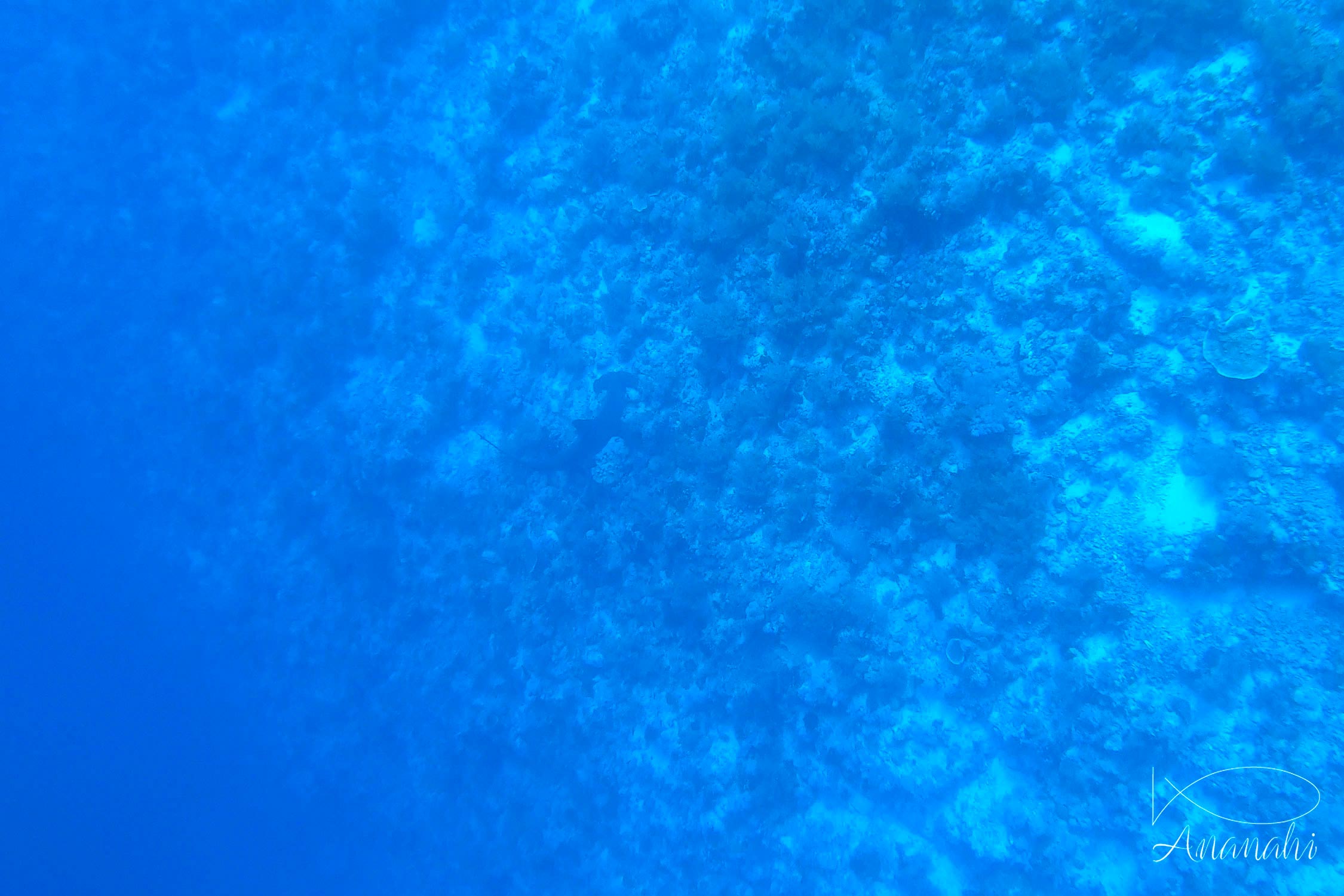
Scientific name: Sphyrna lewini
Size: Between 8.8 and 11.5 foot
Color: Gray-brown and white
Distinguishing feature: Large flat head which gives a hammer shape to the front of the body. Grey-brown body and white belly. Small Pectoral fins, edged by black. Large triangular dorsal fin.
Where did we see it: Egypt
This species hunts pelagic prey at night. She lives on a shoal during the day, then the hammerhead sharks separate at night to feed in the depths, and return to shoal for the day.
The shape of the head of hammerhead shark gives it some advantages: better stability and better rotation make it an effective hunter.
His ampullae of Lorenzini (sensors present on his head) allows him to see magnetic informations and detect prey very effectively.
It can be seen during the day by shoals from 30 to 300 sharks, depending on the parts of the globe.
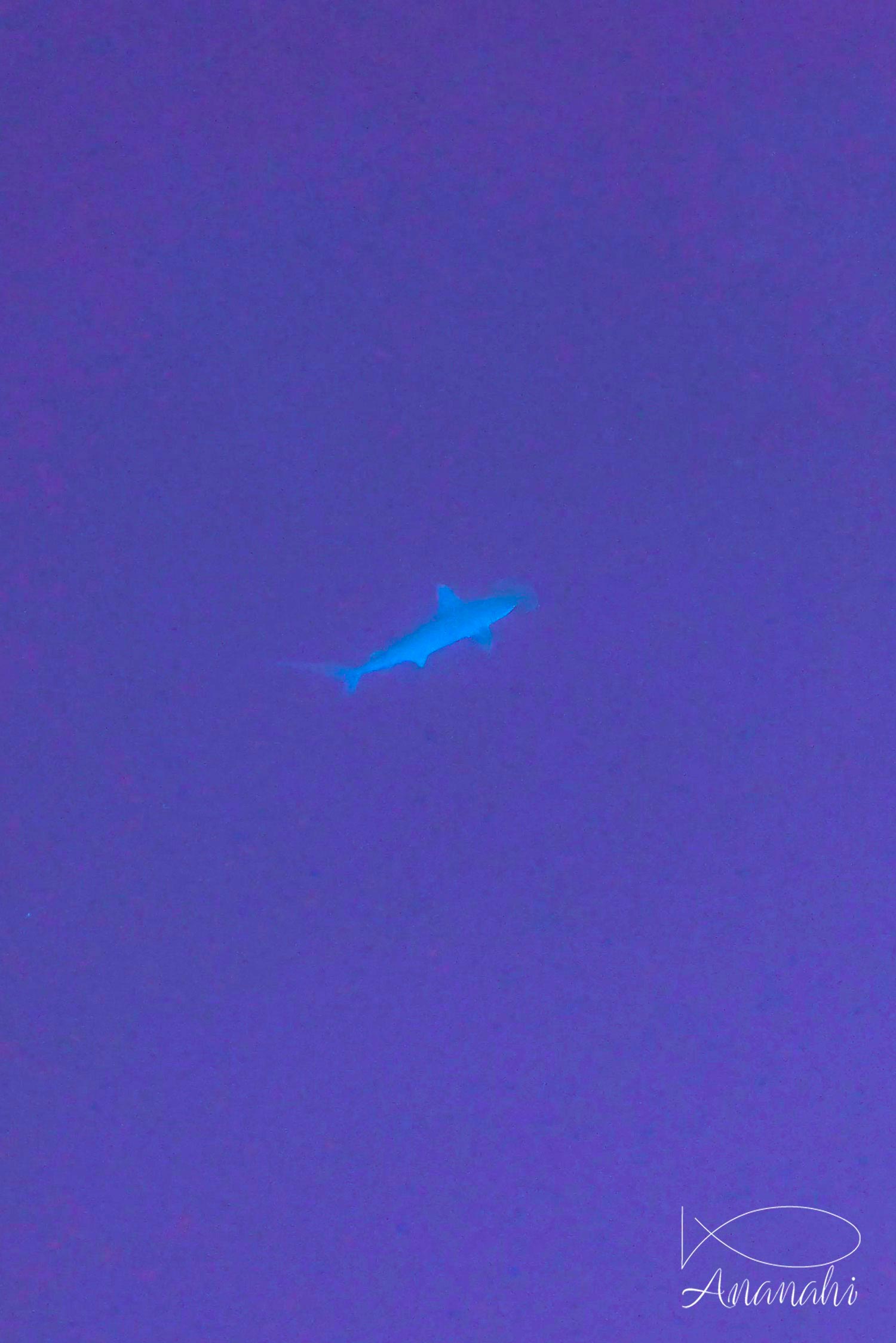

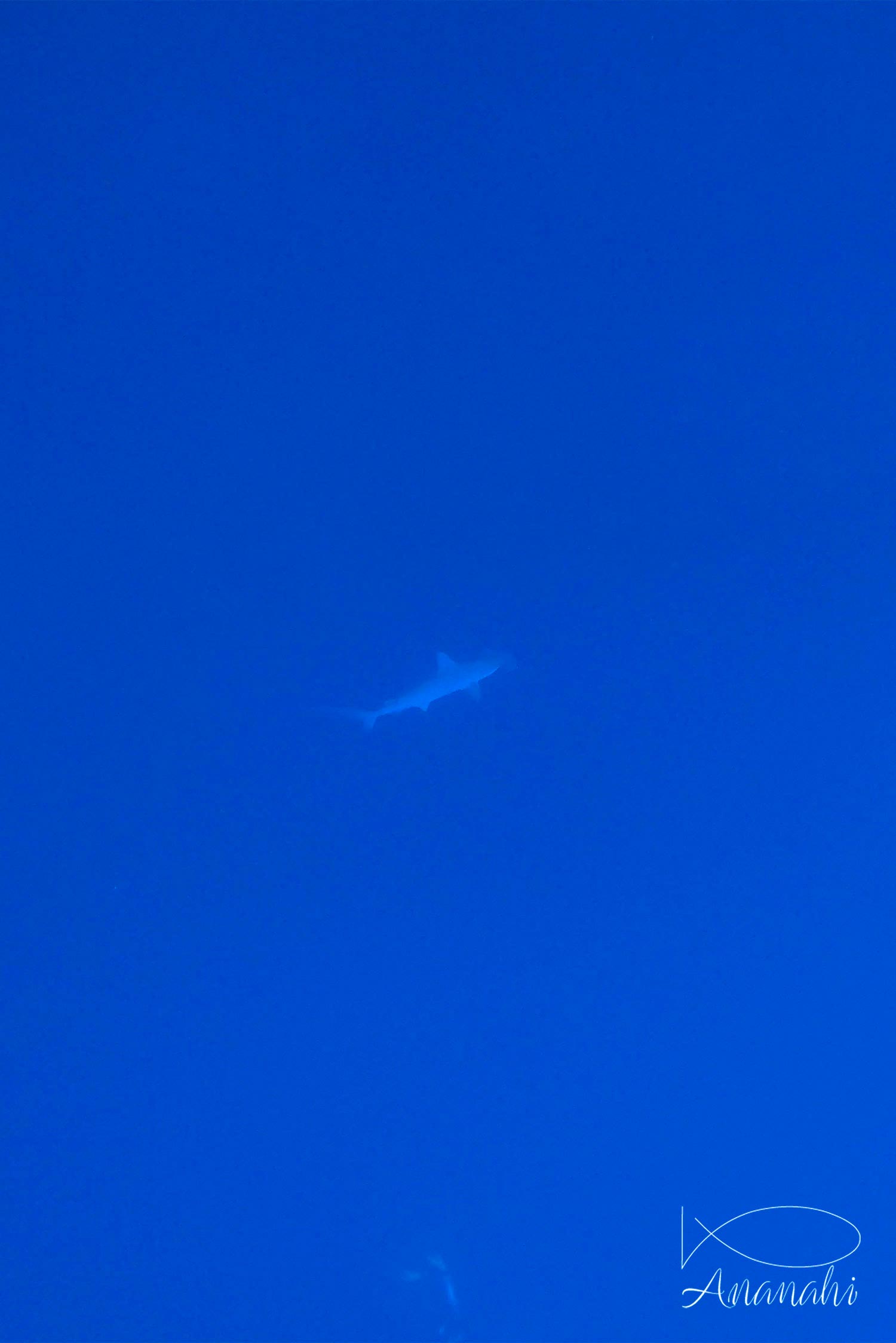


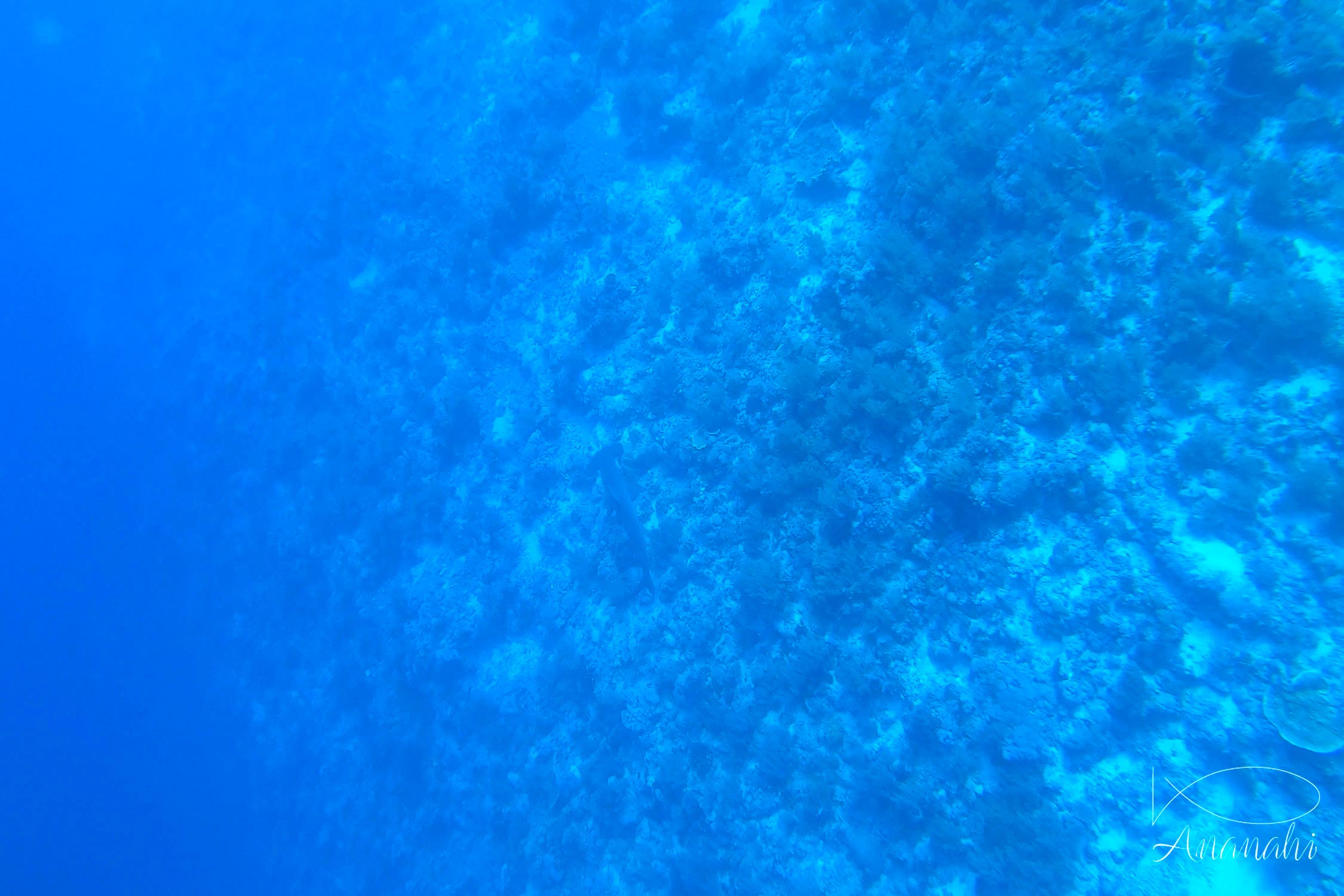
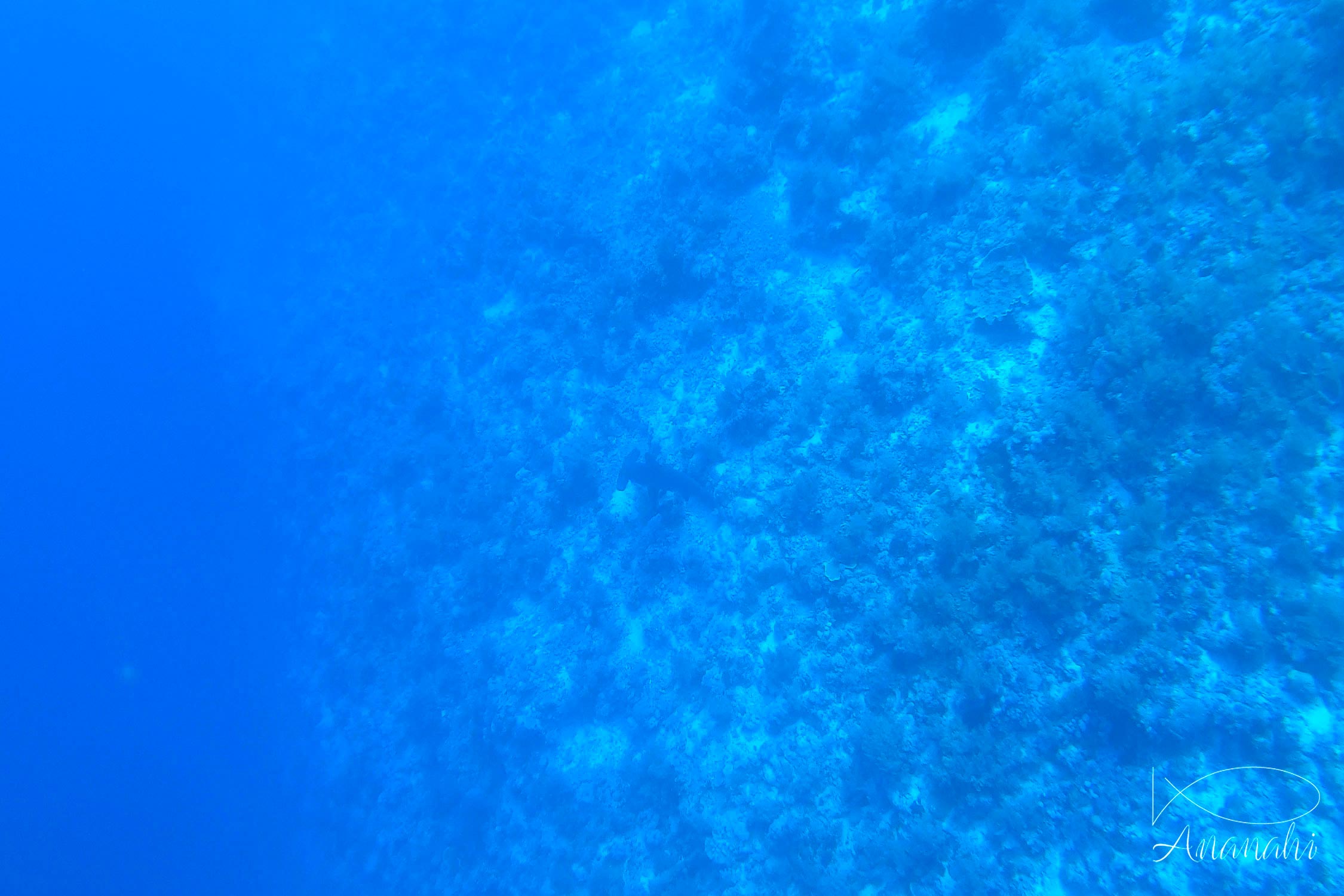
Some sharks can stay motionless on the sand (white tips reef sharks, nurse sharks, etc.).
These sharks don't have to swim to bring oxygen to their gills like other sharks (grey, hammerheads tc.)
We can hear the bull shark is very dangerous because of attacks near La Réunion island.
However, tens of them are living at 600 feet from the famous beach of Playa Del Carmen in Mexico. And there are no attacks.
The kakihona sushi (sushi wrapped in persimmon leaves) are really the best!
To eat them, you have to go to Nara!